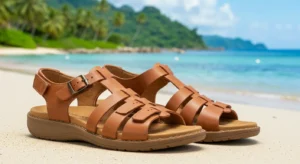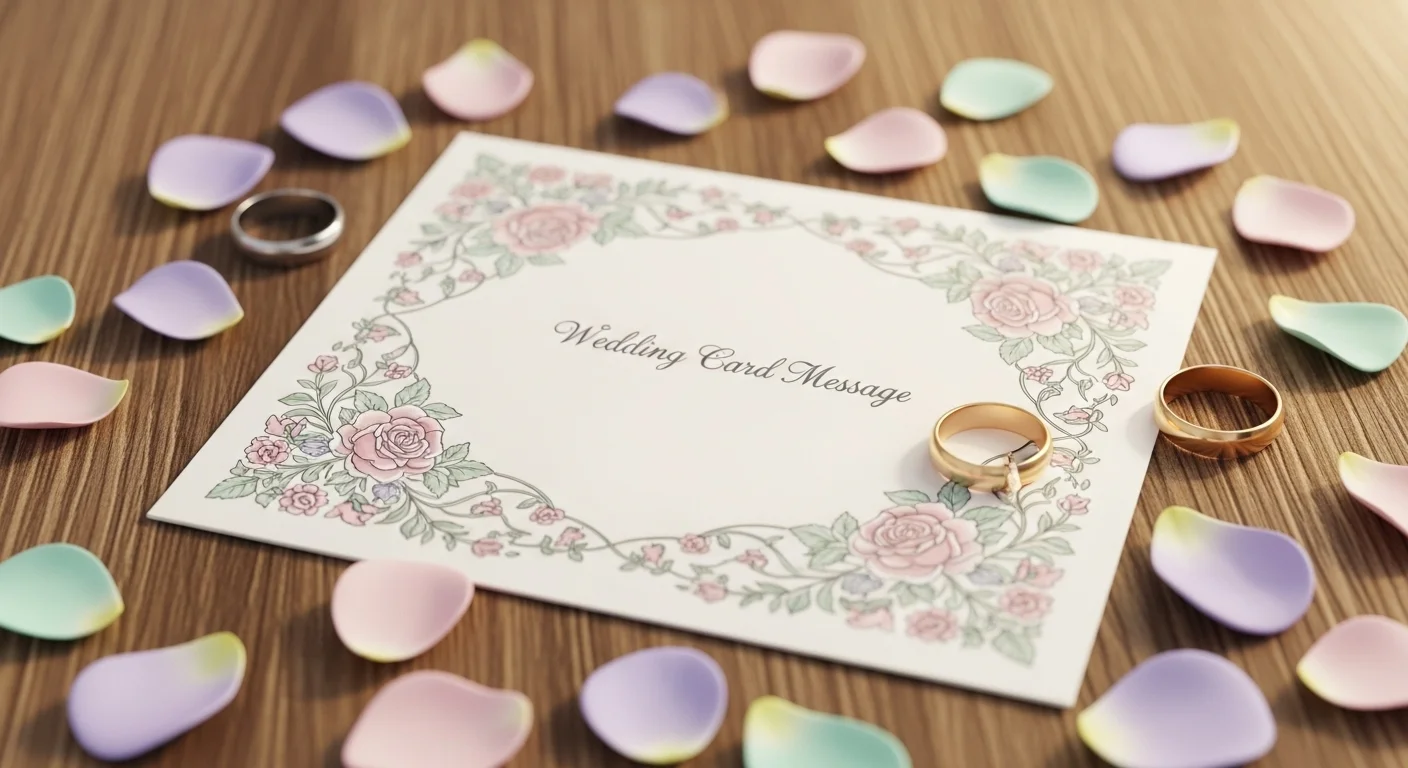Introduction:
Plantar fasciitis is one of the most common causes of heel pain, often affecting runners, workers who stand for long hours, and people who wear unsupportive shoes. When the ligament that supports the arch of your foot becomes inflamed, each step can feel sharp and uncomfortable. The good news is that the right pair of shoes can make a world of difference in managing this condition.
In this detailed guide, we will explain plantar fasciitis, highlight the features that supportive footwear must have, and share the best shoes for plantar fasciitis in 2025. You will also find lifestyle-specific advice, shoe care tips, and answers to the most frequently asked questions.
Understanding How Plantar Fasciitis Affects Your Feet
The plantar fascia is a strong band of tissue that stretches across the bottom of your foot. Its role is to support the arch and absorb shock when you walk or run. When too much stress is placed on this ligament, tiny tears form, leading to irritation, stiffness, and pain.
People with flat feet, high arches, or tight calf muscles are more likely to suffer from plantar fasciitis. Wearing poorly cushioned shoes or walking barefoot on hard surfaces can worsen the problem, making proper footwear one of the most effective forms of treatment and prevention.
Choosing the Right Shoes Is Essential for Plantar Fasciitis Relief
Shoes are not just for comfort or style; they play a crucial role in foot health. Supportive shoes help distribute pressure evenly across the foot, reduce strain on the plantar fascia, and improve body alignment. Without proper footwear, daily activities like walking or standing can worsen the pain.
Research shows that shoes with cushioned midsoles and supportive arch structures reduce pressure on the heel and provide lasting comfort. Podiatrists often recommend starting with supportive footwear before exploring more advanced treatments, which demonstrates just how important the right shoes are.

The Most Important Features to Look for in Plantar Fasciitis Shoes
When you are searching for shoes that relieve heel pain, you should focus on a few key features. The most important is strong arch support, which prevents the foot from rolling inward. Heel cushioning is equally necessary since it absorbs shock and protects the sensitive heel bone.
Shoes should have a moderate heel-to-toe drop to reduce tension on the ligament. Stability features such as firm midsoles prevent overpronation, while a spacious toe box avoids cramping the toes. Removable insoles are helpful for people who use orthotics. Finally, lightweight and breathable designs ensure all-day comfort, especially for those who spend many hours on their feet.
The Best Shoes for Plantar Fasciitis Depend on Your Needs
Different lifestyles require different footwear solutions, which is why the best shoes for plantar fasciitis fall into multiple categories.
1. Running Shoes Designed for Plantar Fasciitis Relief
Running shoes with extra cushioning and arch support are ideal for absorbing repetitive impact. Popular choices from brands such as Brooks, Asics, and Hoka are designed to keep heel pressure low during long-distance runs.
2. Walking Shoes That Provide Everyday Comfort
Walking shoes with supportive soles and rocker-style designs help ease the transfer of weight from heel to toe. They are a great choice for people who walk frequently during the day.
3. Work Shoes for People Who Stand All Day
Professions that require long hours of standing demand slip-resistant shoes with stability and thick cushioning. These shoes protect your feet during long shifts and help prevent fatigue.
4. Sneakers That Balance Style and Support
Everyday sneakers can be stylish while still offering the arch support and cushioning needed to relieve plantar fasciitis pain. This category is perfect for casual wearers who do not want to compromise on comfort.
5. Sandals and Summer Footwear with Arch Support
Supportive sandals with contoured footbeds are a far better option than flat flip-flops. These designs allow you to stay comfortable during warm weather without worsening heel pain.

6.Wide Fit Shoes That Prevent Discomfort
People with wide feet should select shoes that are available in different widths. A proper fit ensures even weight distribution and prevents rubbing or crowding in the toe area.
7. Budget-Friendly Shoes That Still Offer Support
Affordable shoes with EVA midsoles and moderate arch support can still provide relief. You do not need to spend excessively to find a comfortable option that works.
8. Premium Shoes That Last Longer and Offer Advanced Features
Premium shoes often include advanced cushioning foams, durable materials, and longer lifespans. They may cost more but are an excellent investment for lasting support.
Matching the Right Shoes to Your Lifestyle
Choosing the right shoes is easier when you match them to your lifestyle. Runners need stability shoes with extra cushioning. Professionals such as nurses, teachers, or retail workers benefit from shoes with slip-resistant soles and firm arch support. Casual wearers are more comfortable in lightweight sneakers with wide toe boxes. Travelers should consider supportive slip-ons that are easy to pack and convenient for long flights or walks.
Understanding Which Shoes to Avoid with Plantar Fasciitis
Not every shoe is designed for support, and some styles can make heel pain worse. Shoes to avoid include thin, flat shoes that provide no arch support, worn-out sneakers with collapsed midsoles, and high heels that shift weight toward the front of the foot. Minimalist shoes that lack cushioning should also be avoided, as they can increase strain on the plantar fascia.
Additional Ways to Relieve Plantar Fasciitis Beyond Shoes
Although the right footwear is crucial, it should be combined with other methods for maximum relief. Orthotic insoles can add customized arch support, while stretching exercises for the calves and arches strengthen the foot. At-home care, such as icing and massage, can also reduce inflammation. This multi-step approach provides the best chance for long-term comfort.

How to Care for Plantar Fasciitis Shoes and Know When to Replace Them
Even the most supportive shoes lose effectiveness over time. If the soles look worn, the cushioning feels thin, or heel pain starts to return, it is time to replace them. Runners should consider replacing shoes every 300 to 500 miles, while everyday shoes may last longer depending on usage. Rotating between two pairs of supportive shoes is another way to extend their life.
Frequently Asked Questions
What shoes should I wear if I have plantar fasciitis?
Shoes with firm arch support, cushioned heels, and stable midsoles are the most effective.
Can bad shoes cause plantar fasciitis?
Yes, wearing unsupportive or old shoes is one of the leading causes of this condition.
Should I choose soft shoes or firm shoes?
The best option is a balance between cushioning and stability. Shoes that are too soft lack structure, while shoes that are too hard feel uncomfortable.
Can I wear sandals if I have plantar fasciitis?
Yes, but only if they have supportive arches and contoured footbeds.
Are certain brands better for plantar fasciitis?
Brands such as Brooks, Asics, Hoka, and New Balance are often recommended for their supportive designs.
Do expensive shoes always work better?
Not always. While premium shoes usually use better technology, affordable options with proper features can still provide excellent support.
Separating Myths from Facts About Shoes and Plantar Fasciitis
A common myth is that only expensive shoes help with plantar fasciitis, but the truth is that features matter more than price. Another myth is that flat shoes strengthen the feet, when in fact they often make heel pain worse. Many also believe that cushioning alone is enough, but the fact is that cushioning must be paired with stability to be effective.
Conclusion:
Finding the best shoes for plantar fasciitis is about more than just style or price. It comes down to choosing shoes with the right features, matching them to your lifestyle, and replacing them when they wear out. From running shoes to work shoes and sandals, there are supportive options for every need. Pairing the right footwear with stretching and orthotics will give you the best chance at long-term comfort.
Your feet deserve care, and investing in the right shoes today can prevent years of discomfort in the future.






















Leave a Reply